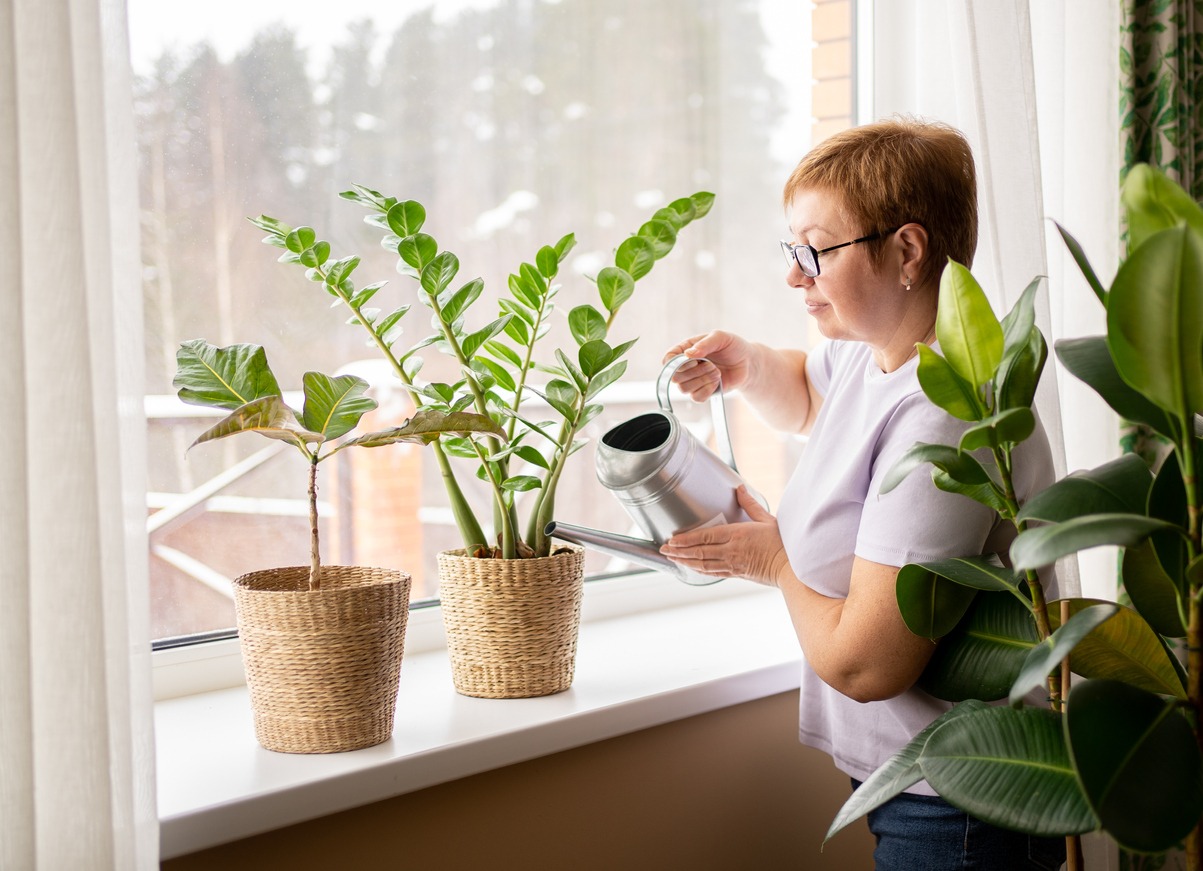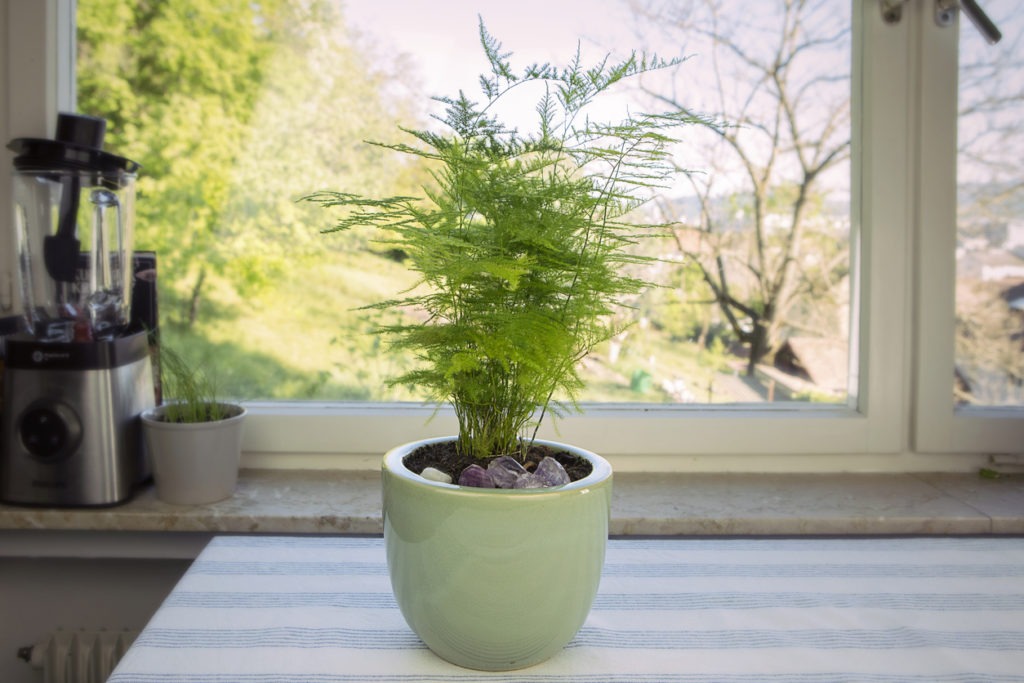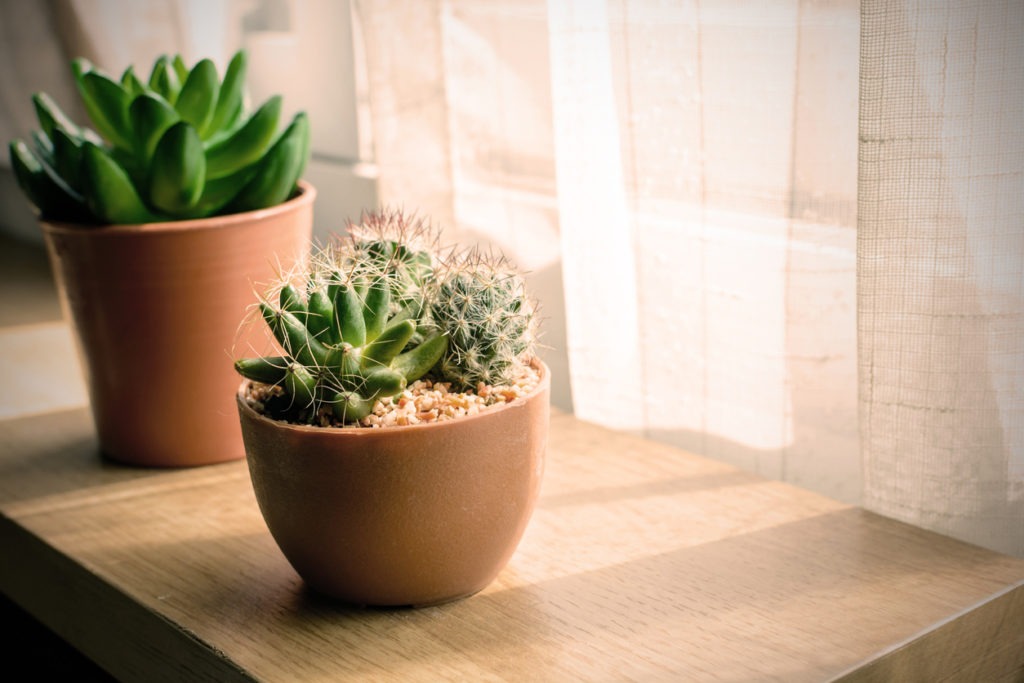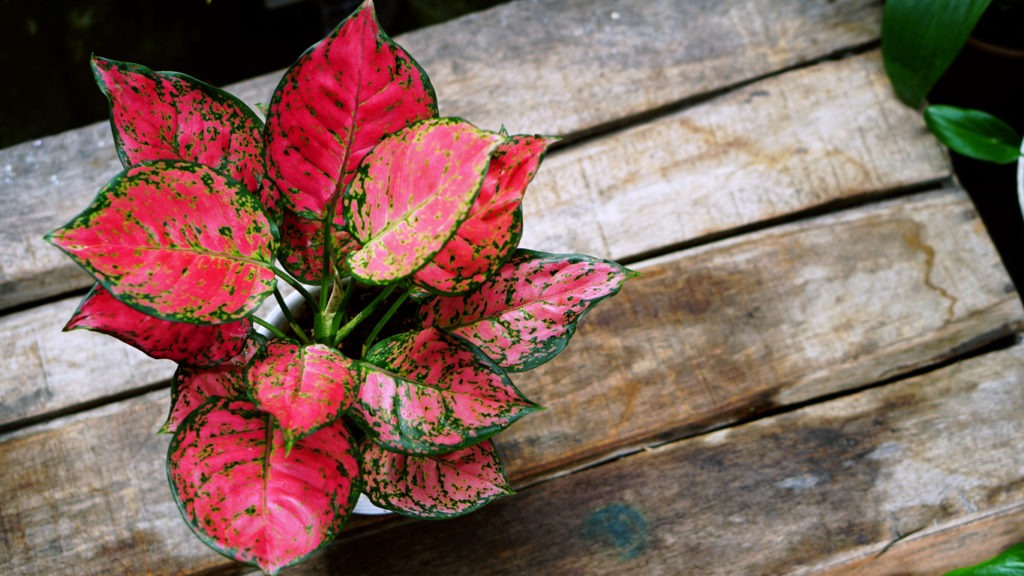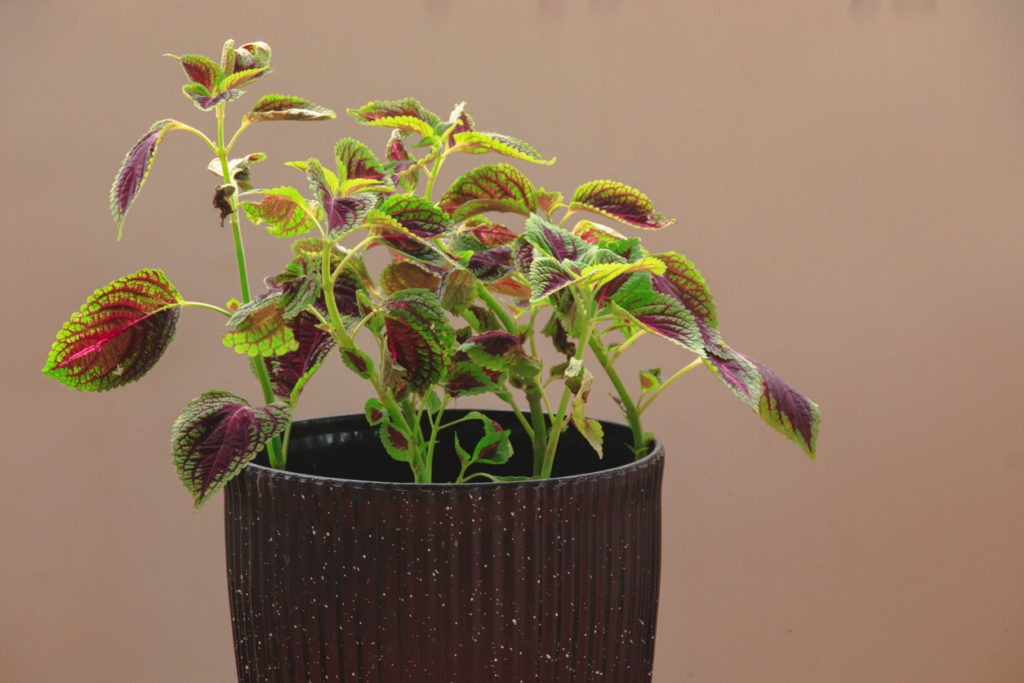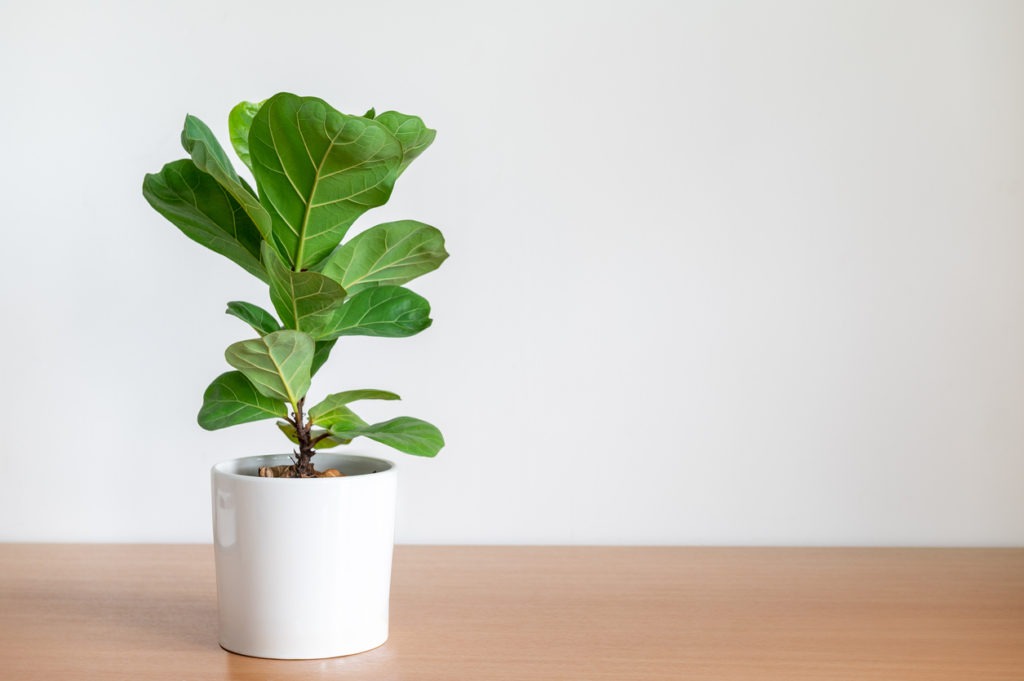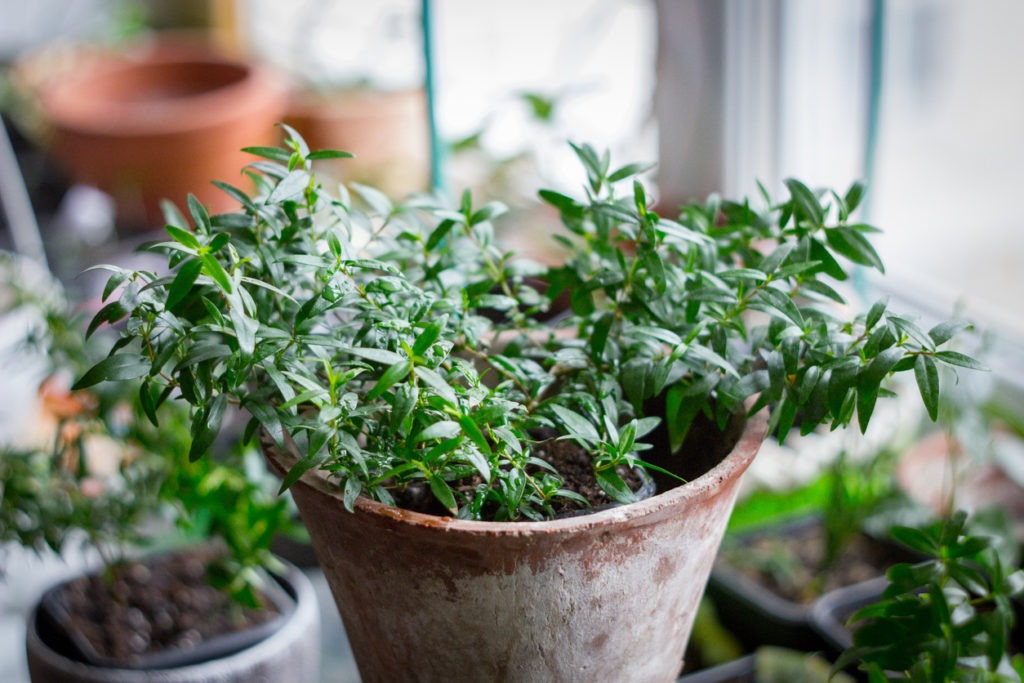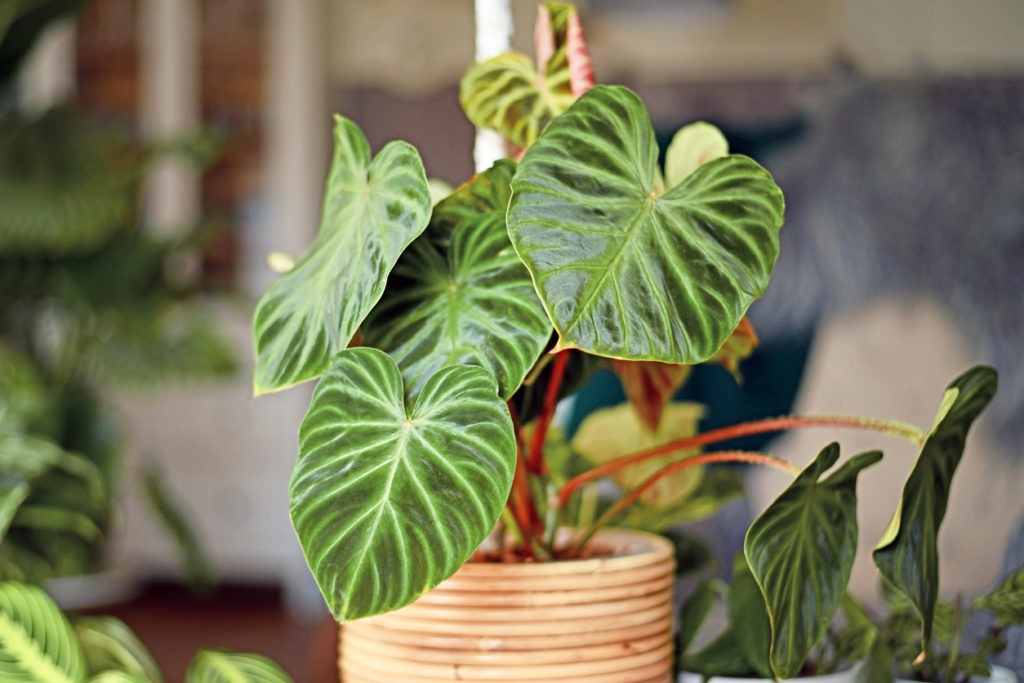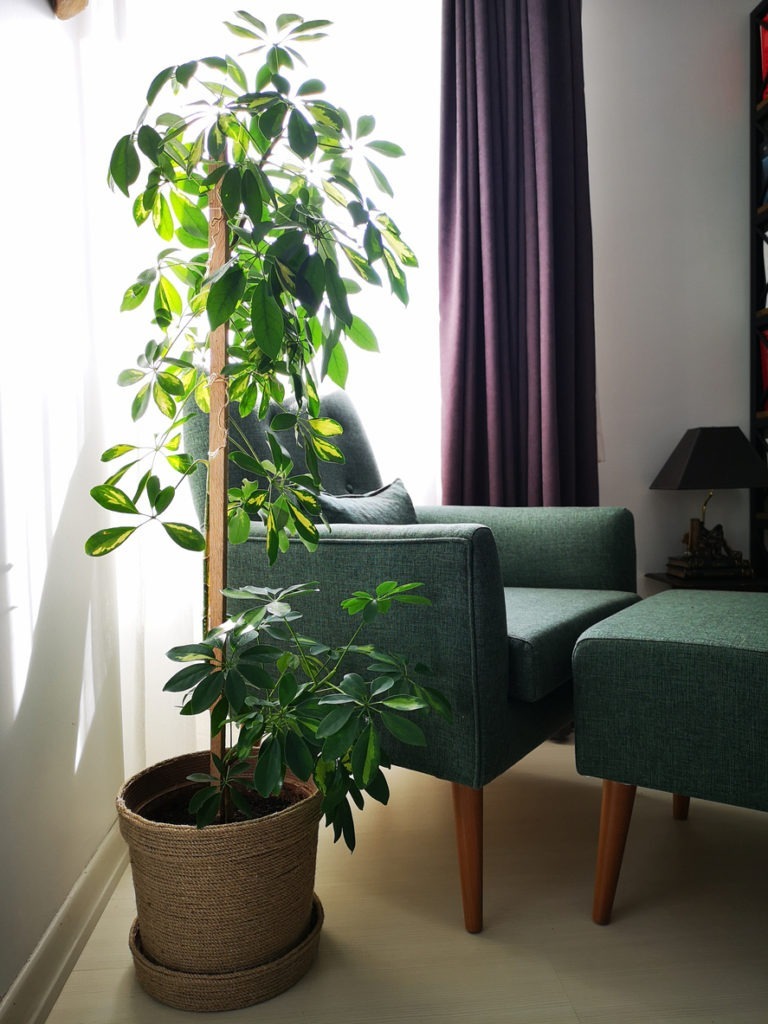Whether at work or home, it’s a pleasure to have plants of any kind. Those who enjoy plants and tending to them reap several rewards. They work their magic on our days to make them more pleasant and stress-free.
However, some individuals find it more challenging to maintain a plant alive inside, as they require more frequent watering and have less access to sunlight.
Most individuals have what they so-called a “black thumb” when it comes to gardening. Still, certain plants are inherently hardier and hence simpler to maintain alive. Some of them require less water, while others require less light. The secret is in correctly identifying the plant you’re dealing with. Green thumb or black thumb, we are confident that you will enjoy taking care of these 10 best indoor plants that you can easily grow in the comfort of your home!
Aloe Vera
As a low-maintenance, visually appealing succulent, aloe vera plants are lovely indoor plants. The juice extracted from aloe vera leaves can be used to treat minor burns and scrapes by applying it directly.
Know that aloes require strong, indirect sunshine before searching for one. Suppose you keep your aloe in a very sunny location. In that case, you may need to water it more frequently to prevent the plant’s fleshy leaves from drying up and becoming yellow.
Asparagus Fern
This non-fern subtropical cousin of asparagus features delicate needlelike leaves. Asparagus fern is a beautiful choice for a hanging basket plant because of its upright and spreading stems. Subtle white blossoms that bloom amid the needles ultimately become vivid red berries. Avoid getting the deadly berries near your kids and pets.
Asparagus ferns perform best as potted houseplants when grown in oblique or filtered light. During the warmer months, you may relocate them to a shady porch. They do not require winter dormancy, although they will benefit from rest and less watering throughout the winter months.
Cactus
Despite their reputation as sun-loving plants, many cacti fare better when kept indoors. Put it on a shelf or display case to make an impression in your home. Most indoor cacti are smaller and require less light, making them ideal houseplants.
Putting cacti and succulents somewhere bright is also advisable since they require a lot of light to flourish. If you can, try to choose a spot that faces south. Keep them out of the direct sunshine, though, since it might cause the plants to become a sickly yellow.
Chinese Evergreen
The Chinese evergreen, Aglaonema, is a simple plant to grow. Because it requires so little attention, this beautiful plant is widely cultivated as a houseplant. Numerous cultivars, including variegated types, of Chinese evergreens are available.
Low to medium light, or indirect sunlight, is ideal for Chinese evergreens. The plant does best in warm, reasonably humid settings, so it doesn’t matter where in the house it goes. This adaptable plant can, nevertheless, survive in less-than-optimal environments if necessary.
Chinese evergreen houseplants are little maintenance as long as they are given the right circumstances. They do best with consistent watering rather than excessive or insufficient amounts. Space out your watering so the plant may dry out a little.
Coleus
These stunning flowers and plants are available in an array of bold hues that will draw attention wherever they are displayed.
Although they require some attention at the outset, once they’re established, they require minimal care. The coleus plant is well-known for being one of the simplest to reproduce since it can be produced from either seeds or cuttings.
Although coleus plants thrive in strong light, their fragile leaves are best protected from direct noon sunshine. You should water your coleus plants regularly throughout the year but less frequently during the winter.
Fiddle-Leaf Fig
The fiddle-leaf fig is a species of ficus (Ficus lyrate) native to western Africa. It prefers warm air, intense sunshine, and wet soil. It grows well in pots. However, it will remain somewhat smaller than its outdoor counterpart. It should be brought indoors if the weather is expected to drop below freezing to protect it from the frost.
Due to their resilience, these plants may thrive in less-than-ideal conditions for a considerable time. As long as you provide the right circumstances, fiddle-leaf figs are easy to cultivate. If you’re growing a fiddle-leaf fig in a pot, you’ll need to be ready to give it a spin every few days to ensure it gets plenty of light from all angles. In this way, it won’t be skewed toward the light as it develops and will expand uniformly.
Myrtle
Myrtle, a famous evergreen ground cover with blue blooms, is a shade lover. It’s an excellent way to bring some color into the home. Even though the myrtle may be kept inside, it requires a lot of bright, open space. It likes to be outside in the hot summer but in partial shade. In the fall, the tree should be moved to a cold room (about 50 degrees Fahrenheit) and placed near a south-facing window or under grow lights.
The ideal light for a myrtle tree is roughly 5 to 7 hours of excellent, indirect sunshine daily. In addition, your tree will thrive in a well-ventilated space, so conservatories or unheated rooms work great. Do not put it near a heat source.
Philodendron
To adapt to low light, philodendrons naturally occur in the wild beneath the shade of trees. This quality makes them desirable as houseplants. While philodendrons are more at home in warm, frost-free climates, they do rather well in the dry air of the average house. Since philodendrons’ leaves easily scorch in direct sunshine, they’re best grown inside.
Multiple species of philodendron are suitable for indoor gardening. This means that these plants should not be placed in direct sunlight but can thrive in other types of lighting. They’re content as long as the soil is damp. These look fantastic in a pot on a shelf or a wall.
Snake Plant
The snake plant, often called “Mother-in-Tongue” Law’s or Sansevieria, is a low-maintenance houseplant. This succulent is great for novice gardeners because of its low maintenance requirements.
Although they may survive in partial shade, snake plants thrive in indirect, intense light. However, they may thrive more slowly in dim nooks and crannies of the house. Do not overwater your plants. Avoid over-watering by letting the soil dry out significantly in between applications. Water the plant less frequently in the winter when it is dormant than in the spring and summer when it is actively growing.
Umbrella Tree or Schefflera
The leaves of this houseplant are shiny and green. The top of this little tree, about the size of a house, naturally takes the form of an umbrella, hence the name. It’s ideal for use as a miniature bonsai.
Although Schefflera may thrive in a wide range of interior circumstances, they do best when provided with medium light, medium humidity, and temps between 60-75 degrees Fahrenheit. Under ambient light they make lovely office plants under ambient light, but their growth will stall in a dark corner.
The practice of cultivating and tending to houseplants has several positive outcomes. These easy-to-grow indoor plants’ space-saving, visually appealing, and aesthetically pleasing qualities are only the tip of the iceberg. They should all be on your shortlist if you’re in the market for some new houseplants.
